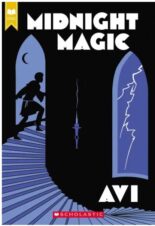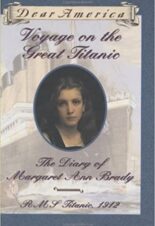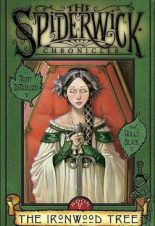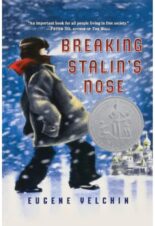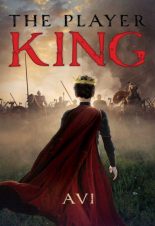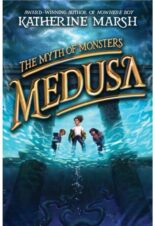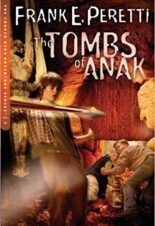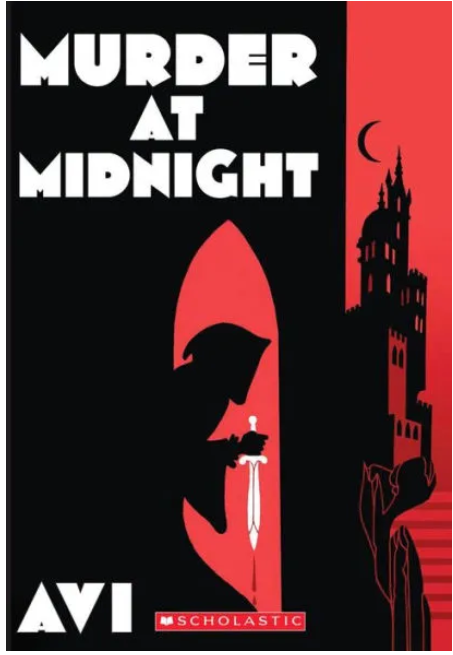
Buy This Book
“Philosophy teaches that the truth neither helps nor hinders. What matters is the way you deal with it,” Mangus the Magician. – Murder at Midnight
Murder at Midnight
Midnight Magic #1
by Avi
AR Test, Teaches About Culture
8+
Score
4.3
256
Murder at Midnight presents the story of Mangus the Magician and his newest servant, Fabrizio. The story takes place in the kingdom of Pergamontio, Italy in 1490. Pergamontio is behind the times, and the hapless King Claudio is terribly superstitious in this traditionally Catholic kingdom. When hundreds of identical papers calling for treason against the crown appear overnight, the royal advisor accuses Mangus of witchcraft. Desperate to save his new master’s life, Fabrizio sets out to help prove Mangus’s innocence and discover what created these documents.
The main protagonist, Fabrizio, is a delightful mix of naïve and brash – he’s never quite sure how he’s going to help Mangus, but he’s determined to try even though he’s likely to make many life-threatening mistakes along the way. In some other characters, this might be trite or annoying, but Fabrizio is ten years old and genuinely doesn’t know any better. He believes in magic wholeheartedly despite Mangus’s repeated explanations about how he’s an illusionist, not a magician. Fabrizio wants nothing more than to save Mangus from certain death – except, maybe, learn magic himself.
At the start of the novel, Mangus is curmudgeonly and deeply uninterested in Fabrizio, but by the end when Fabrizio and his friend Maria help save his life, he’s just curmudgeonly. Their dynamic involves plenty of Mangus demeaning Fabrizio for not being smart enough, which motivates Fabrizio to want to be a better servant. Mangus is a self-proclaimed philosopher, and he relies on reasoning to make decisions. He serves as a counterweight to Fabrizio whose decisions are motivated entirely by his heart. Although these two never quite see eye-to-eye, they grow a close bond.
These two characters are well-developed for future installments, and the mystery plot of this first book works well. Fabrizio meets Maria, the daughter of immigrants who bring a printing press to Pergamontio. As the kingdom is somewhat backward, this situation is slowly unveiled through the course of the novel, eventually showing that the scandal runs right to the heart of the king’s inner circle. The plot is interesting with semi-historical elements, and it’s action-packed enough to keep the attention of younger readers.
Murder at Midnight deals with some light violence as the story is set in 1490s Italy with plenty of intrigue and quite literally backstabbing. The main conflict revolves around Mangus, whose life is threatened since he’s accused of witchcraft and the punishment is death. The book also deals with some Catholic-related themes since Italy is a historically Catholic nation, though the book doesn’t take any stance on religion. Murder at Midnight is a fun introduction to the printing press and censorship. In addition, the dynamic between reason and emotion comes through, showing readers that a balance of the two ideas leads to better outcomes than just reason or emotion separate from each other. Through cooperation and patience, Fabrizio and his various companions can save Mangus and go on with living their peaceful lives – that is, until the next book, Midnight Magic.
Sexual Content
- None
Violence
- When the other servants, Benito and Giuseppe, speak to Fabrizio, they often take swings at him because they don’t like him. For instance, Fabrizio is coerced into telling them secrets from Mangus. When he’s trying to run off, Fabrizio notes that he is “trying to dodge a flurry of blows.” This happens somewhat often. Fabrizio notes that from this particular altercation, he receives bruises from them and nothing more.
- The king’s officials, DeLaBina and Scarazoni, threaten to “burn [Mangus] at the stake” and “cut out his heart” if he truly is a magician. Mangus, of course, is not a magician but an illusionist, but the other characters don’t necessarily understand this.
- Fabrizio is falsely accused of distributing treasonous papers, and he is taken down to the dungeon to be executed. While there, he nearly trips over a corpse. A soldier asks if the body is dead, and the executioner says, “I hope so. I broke his neck three days ago.” Fabrizio is not executed, and there is no further discussion about the corpse.
- Fabrizio and his new friend Maria find DeLaBina dead in the dungeons. Fabrizio notes, “Beneath lay a man with his head twisted to one side. A ruby-encrusted dagger was sticking out of his back. On the ground, a pool of wet blood was spreading.” This is the extent of the description.
Drugs and Alcohol
- None
Language
- Light language is used frequently. Terms include: fool, stupid, ignorant, blockhead, nasty, ugly, and fat.
Supernatural
- Fabrizio works and lives with Mangus the Magician, who performs, as far as Fabrizio is concerned, “real magic” as well as sleight-of-hand tricks. Much of the book’s main plot deals with how the Kingdom of Pergamontio feels about magic that is rooted in anything other than Christian miracles. Mangus notes that the king “is deeply superstitious” and that he has “outlawed magic.”
- One night, Fabrizio watches Mangus perform and decides what is real magic and what is fake, saying that when “a burning candle was pulled from an ear” and “a box changed into a hat” it was for sure “true magic.”
- The king of Pergamontio expresses his true fears as to who made the identical treasonous papers that have been distributed throughout the kingdom. He says, “Ghosts? Is that who made the papers? Ghosts can do anything they wish, you know.” DeLaBina expresses that it’s instead magic and someone who “is in league with the devil.”
Spiritual Content
- Since the book is set in 1490 Italy, the characters are notably Catholic. For instance, Mangus notes that “God gave us the gift of reason.”
- The kingdom has a curfew, and Mangus tells the crowd that there’s a curfew because “the king loves us and wishes to keep us safe from devils.”
- Fabrizio makes an astute comment that catches Mangus’s attention, and Fabrizio attributes it to living on the streets. Fabrizio says, “When you are a homeless orphan – as I was – the teachers God provides are one’s own eyes and ears.”
- After seeing a treasonous document, Mangus exclaims, “God protect us!”
- Mangus is accused of using magic to make treasonous documents to overthrow the king. As this is 1490 Italy, the king is uncomfortable with modern inventions like the printing press, and identical documents are outside the bounds of imagination. The top prosecutor for the kingdom says, “Such identical replication is impossible for human hands! Not even God – in all his greatness – makes two things alike.”
- Fabrizio refers to the treasonous papers against the king as “the devil’s work.” Mangus corrects him that the papers were definitely done by human hands.
- The executioner, Agrippa, explains his profession to Fabrizio. Agrippa says that he wanted to be a stonemason, but “the good God willed it otherwise, didn’t he?”
- A knock sounds at the door of the execution room, and Fabrizio, who thinks he’s about to be executed, “fell to his knees and began to murmur frantic prayers.”
- Fabrizio meets Maria, the daughter of immigrants from Milan who own a printing business and use a printing press. Maria introduces herself as a “printer’s devil” because she’s covered in the black ink she works with, and it’s incredibly hard to scrub off.
- When Mangus’s wife, Sophia, learns that her husband has been arrested, she “clasped her hands in brief prayer.”
“Philosophy teaches that the truth neither helps nor hinders. What matters is the way you deal with it,” Mangus the Magician. – Murder at Midnight
Latest Reviews

Pride: A Pride & Prejudice Remix

Thieves’ Gambit #1
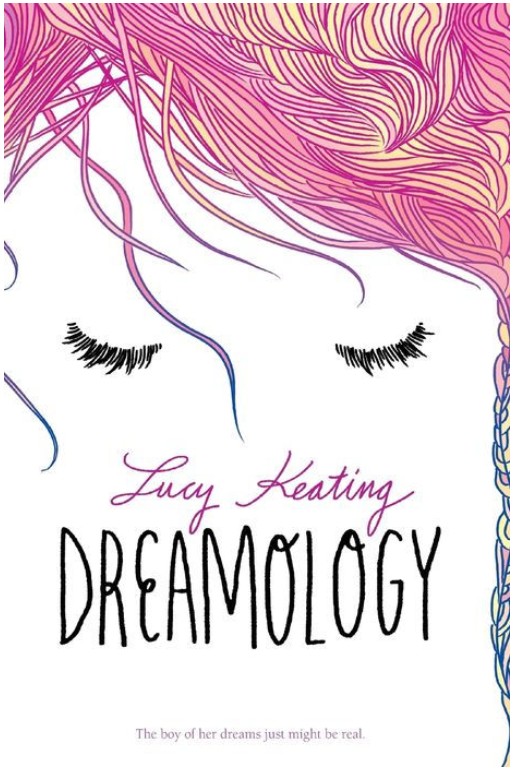
Dreamology
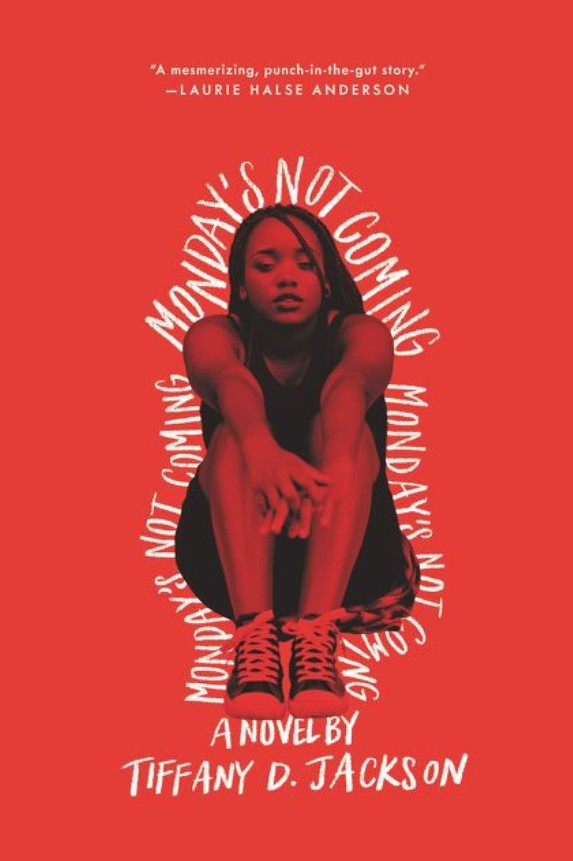
Monday’s Not Coming
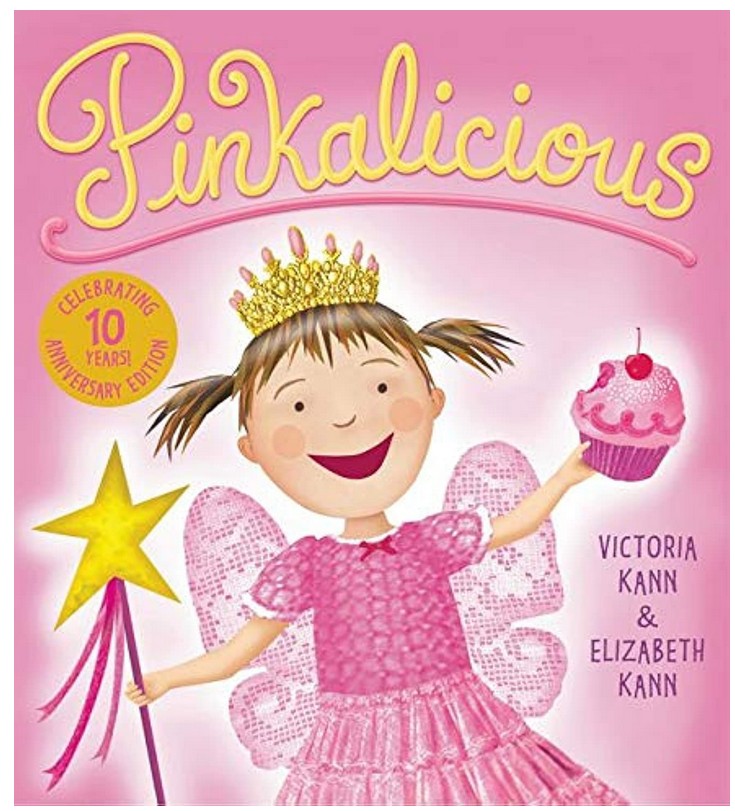
Pinkalicious

Driven

Goodbye Days

Blood of Troy

Will’s Race for Home

